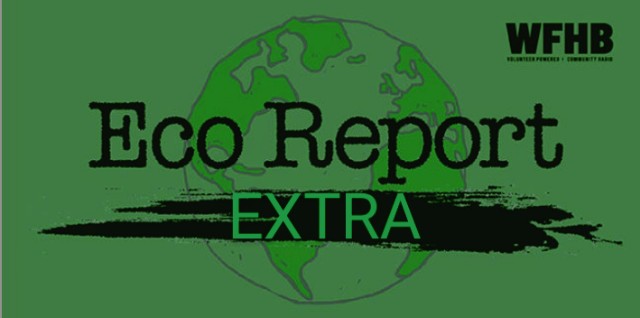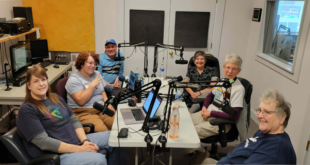Podcast: Play in new window | Download (Duration: 53:08 — 73.0MB)
Subscribe: RSS

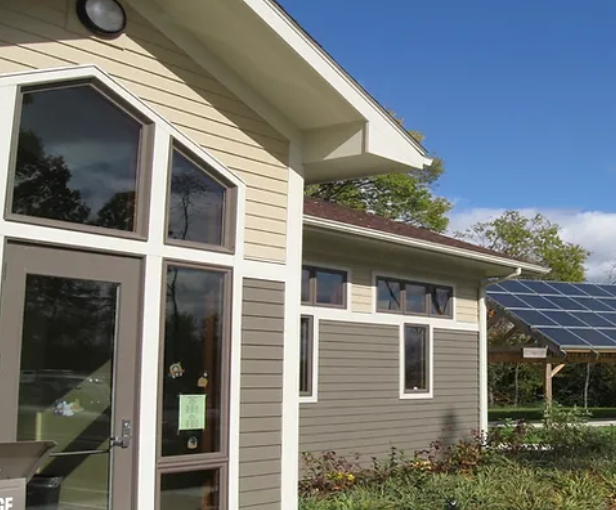
[Part One: America’s first certified Energy Positive public library]
In the first part of a four part series of feature segments aired by WFHB News and Public Affairs during our Local News and Eco Report programs, Environmental Correspondent Zyro Roze speaks with local eco architect and sustainability pioneer Bill Brown of Griffy Creek Studio about the environmental considerations involved in constructing energy efficient public libraries that Brown designed for two communities in Indiana. Bill describes how he harnessed social capital, federal funds and the energy of the Sun to create America’s first certified Energy Positive public library right here in the Hoosier state.
Bill Brown is the Assistant Director for Strategy and Engagement for Indiana University’s Environmental Resilience Institute. Bill was hired to be the first Director of Sustainability at Indiana University, in 2009, where he helped the university achieve a STARS Gold rating in 2018. Bill was elected to the national board of the Association for the Advancement of Sustainability in Higher Education in 2012. He is a former chair of the Indiana Chapter of the U.S. Green Building Council. Bill taught graduate courses in the IU O’Neill School of Public and Environmental Affairs and the J. Irwin Miller Architecture Program.
Bill was a member of the AIA National Committee on the Environment and a participant in The Greening of the White House in 1992-1994. His architectural portfolio includes dozens of public schools and libraries, including the first certified energy-positive public library in America, built in Chrisney, Indiana, in 2009. He is the recipient of two AIA National Presidential Citations. Bill is a graduate of Indiana University and Ball State University R. Wayne Estopinal College of Architecture and Planning. He and his wife, Dr. Linda Brown, are restoring a solar-powered Griffy Creek Farm north of Bloomington.
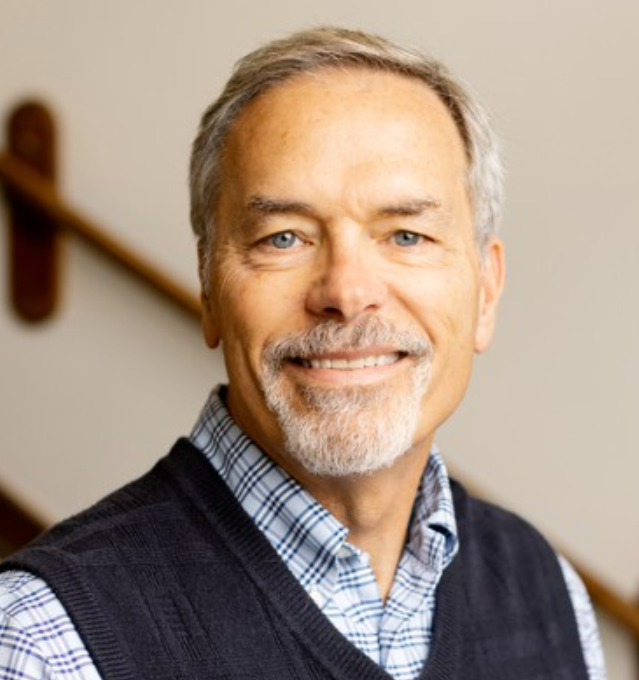
[Part Two: Does it pay to use renewable energy in the Midwest?]
In the second part of the interview, Roze and Brown discuss the cost benefit analysis of solar energy, addressing the price compared to fossil fuels, financial incentives available, as well as state and federal government policies relating to electrification and the transition to renewable energy.
Bill Brown lays out the financial case for how going solar in Indiana saves money and makes sense for families and institutions that choose to think long-term, comprehensively considering the trade-offs involved with conventional utilities versus ultra efficiency, geothermal batteries and renewable power infrastructure.
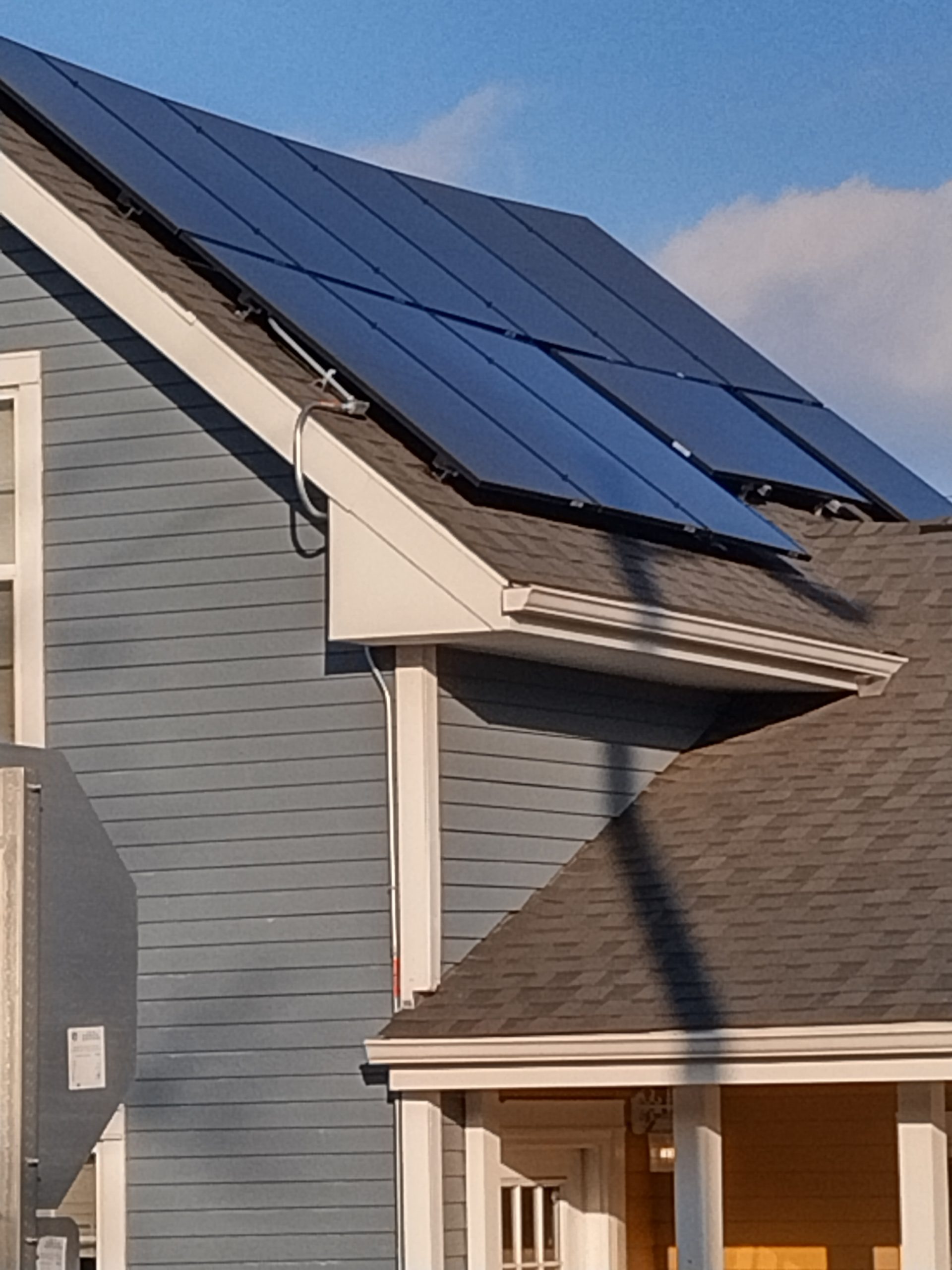
[Part Three: Embodied Carbon, adaptive reuse and sustainably sourced materials when building with with social, climate and health impacts in mind]
In the third segment Roze and Brown address retrofitting existing structures like Indiana University’s historic limestone buildings, how to source environmentally friendly materials to offset climate change and how construction methods impact the atmosphere and indoor air quality. They discuss how much energy is used in the conventional built environment, the concept of embodied Carbon and adaptive reuse of older buildings, sustainable materials like certified timber and the holistic health conditions to consider when building green.
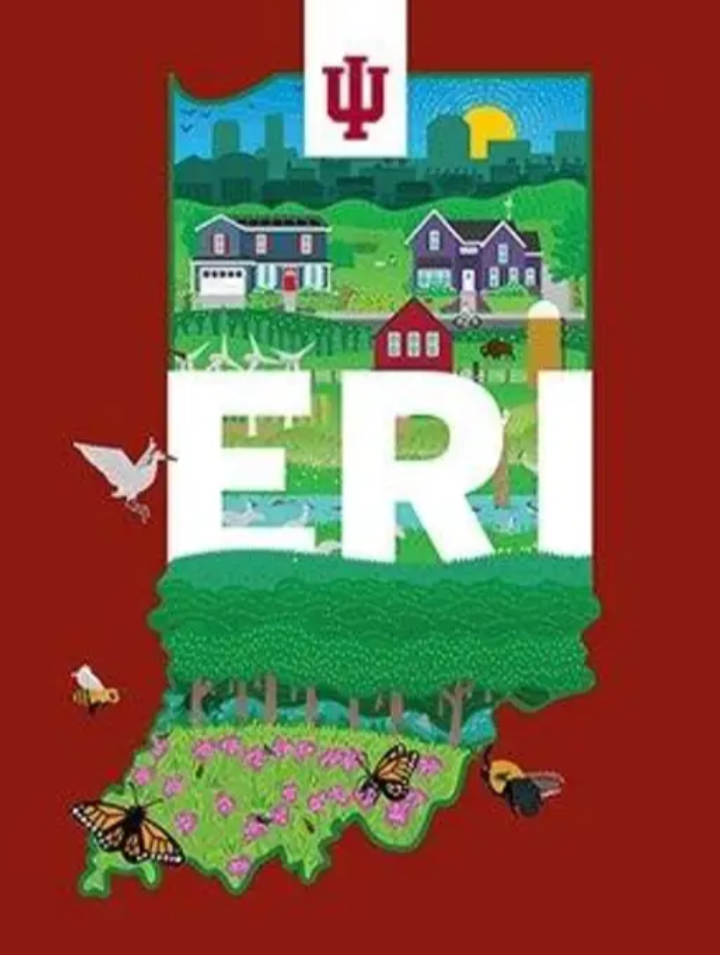
[Part Four: Housing affordability and resilience strategies for engaging and assisting entities of various sorts to adapt to climate change and environmental challenges]
In the conclusion of the four part series, Environmental Correspondent Zyro Roze asks Bill Brown, Assistant Director for Strategy and Engagement of the Environmental Resilience Institute or E-R-I of Indiana University about how ERI assists institutions, communities, organizations, businesses and governmental entities to plan for, mitigate and adapt to Climate Change impacts. They explore how the Campus works with the City and other institutions to secure funding, data and expertise while also touching on how eco design strategies can make housing more affordable by assessing the true costs and benefits of going beyond conventional approaches to residential infrastructure.

Eco Report EXTRA is a co-production of WFHB News and Public Affairs and Eco Media Center of Monroe County, a program of Blue Bee Ecological Endeavors inc, a 501(c)3 tax exempt nonprofit organization based in Bloomington, Indiana as part of an ongoing community media collaboration.
This news feature was produced by Zyro Roze and edited by Noelle Herhusky-Schneider and Kade Young.

 WFHB Bloomington Community Radio
WFHB Bloomington Community Radio
